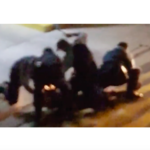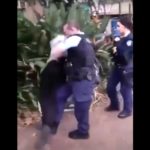NSW Police Officer Acquitted of Assault Charges After District Court Appeal
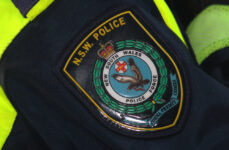
A Police officer who was found guilty of assaulting an Indigenous man in custody has been acquitted of all charges after a District Court Appeal.
Last year, NSW Wales Police Officer Iain James Murray was found guilty of two counts of common assault. He had a criminal conviction recorded against his name and was fined $3500.
Video footage from Goulburn Police Station and police body cameras told a damning story, showing the officer shoving the young man into a wall as he exited the police van, before placing him into a headlock and throwing him from side to side.
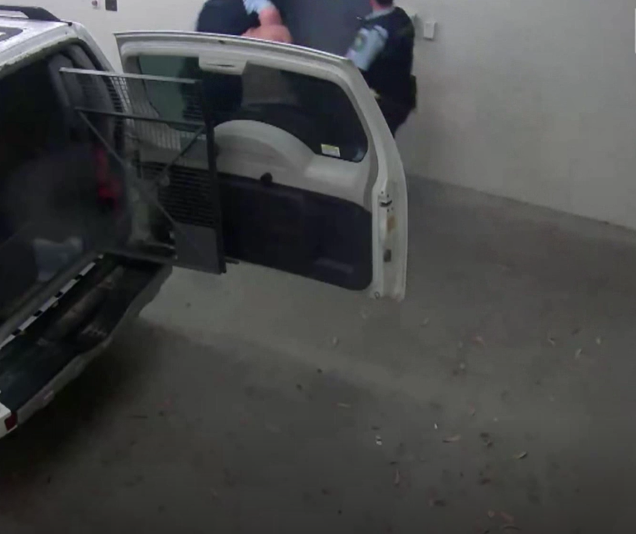
The officer is later seen violently throwing the young man into the custody cell, with apparent disregard for the injuries that may have been caused as a result.
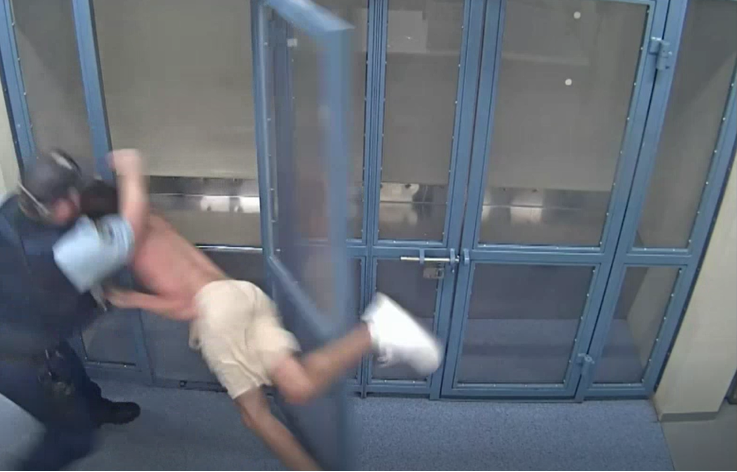
Patrick Little had been arrested for affray. He was just 18 at the time, and although he admitted to being drunk and uncooperative, the footage shows that by the time he arrived at the police station and was taken from the van, he appeared calm. Footage also showed that the young man was much smaller in size than Senior Constable Murray.
Senior Constable Murray later told a court that the teenager resisted him and his actions were proportionate and appropriate. He was subsequently found guilty, and in sentencing, Magistrate Susan McGowan said that the officer used more force than necessary, that Mr Little was not resisting, and modern day policing needed to ‘step up’.
Officer acquitted of all charges
But earlier this week in a controversial judgement, a District Court Judge has quashed the police officer’s convictions on appeal.
It’s been reported that Justice Mark Williams upheld the appeal on the basis it was his view that Senior Constable Murray’s version of events could be accepted, and that the force was reasonable and not excessive or disproportionate.
Of course, it is not only possible, but entirely plausible that the footage that has been circulated in the media does not tell the entire story of events that transpired when Mr Little was arrested.
But nevertheless, it’s footage that many Australians would like not to see. Full Stop.
Mr Little’s case not only highlights – again – the long, complicated and unresolved issue of systemic racism in the justice system, but it also points to another concerning issue too. The growing problem of police brutality and the difficulty of having complaints against police officers upheld and held to account.
Only several months ago capital cities around the nation erupted in protest against the treatment of indigenous people at the hands of police, some risking public health fines amidst the Covid-19 pandemic as they did so.
The Black Lives Matter demonstrations clearly showed that community attitudes and expectations are changing. Reform is long overdue. And yet very little has been acted upon in the 30 years since the Royal Commission into Indigenous Deaths in Custody handed down more than 300 recommendations for change. Study after study attests to the fact that Indigenous people are still arrested more often, often for minor offences, are treated harshly by police, and are often given sentences that are more severe than those received by white Australians.
And while the issue of the poor treatment of indigenous Australians at the hands of police must not be overlooked, the other important issue that needs to be raised is that violent interactions between police officers and the communities they serve have been making headlines and being uploaded to social media with alarming frequency over the past several years.
Police brutality
In New South Wales being arrested often means being manhandled – and not always by a single officer.
Last year, on the eve of the Black Lives Matter protests in Sydney, video footage emerged of a police officer pinning the arms of a 16-year old Indigenous boy behind his back, turning him around and performing a leg sweep resulting in the teen’s body and head being slammed to the ground.
In December last year indigenous man David Ridgeway was brutally arrested by four police officers. The arrest was filmed by people who saw the incident occurring.
In other recent examples, ‘a mob’ of four police officers were involved in the arrest of a teenager in Byron Bay who was brutally assaulted with a baton.
A mob of twelve were involved in the arrest of NRL player Curtis Scott who was found by police asleep underneath a tree near the Sydney Cricket Ground. Footage shows them handcuffing and pepper-spraying him while he is still drunk and disoriented.
In this particular case, despite Downing Centre Local Court Magistrate awarding Mr Scott $100,000 and slamming police over their multiple assaults, New South Wales Police Commissioner Mick Fuller later spoke with the media and defended the actions of the Police officers involved, raising serious concerns that the police chief is actually endorsing police brutality against members of the public.
Reasonable Force
Section 230 of the Law Enforcement (Powers and Responsibilities) Act 2002 provides that “[i]t is lawful for a police officer exercising a function under this Act or any other Act or law in relation to an individual or a thing, and anyone helping the police officer, to use such force as is reasonably necessary to exercise the function”.
In addition to this, section 231 of the LEPRA states that “[a] police officer or other person who exercises a power to arrest another person may use such force as is reasonably necessary to make the arrest or to prevent the escape of the person after arrest.”
Any force that is excessive is considered to be an assault under the law.
Payouts by NSW Police Force
The NSW Police Force has reported paying out $238 million as a result of court proceedings since 2016, although it refuses to provide a breakdown of these payouts.
It is important to bear in mind that this is taxpayer money, which means officers who engage in criminal offences such as assaults do not have to pay out of their own pockets.
The figures suggest a distinct lack of will power to instigate a change of culture within the NSW Police Force where there is a dangerous ‘us and them’ mentality emerging.
It also continues to erode public trust and confidence in the NSW Police Force, which is funded to the tune of over $3.4 billion dollars per year, ostensibly to keep us safe.





